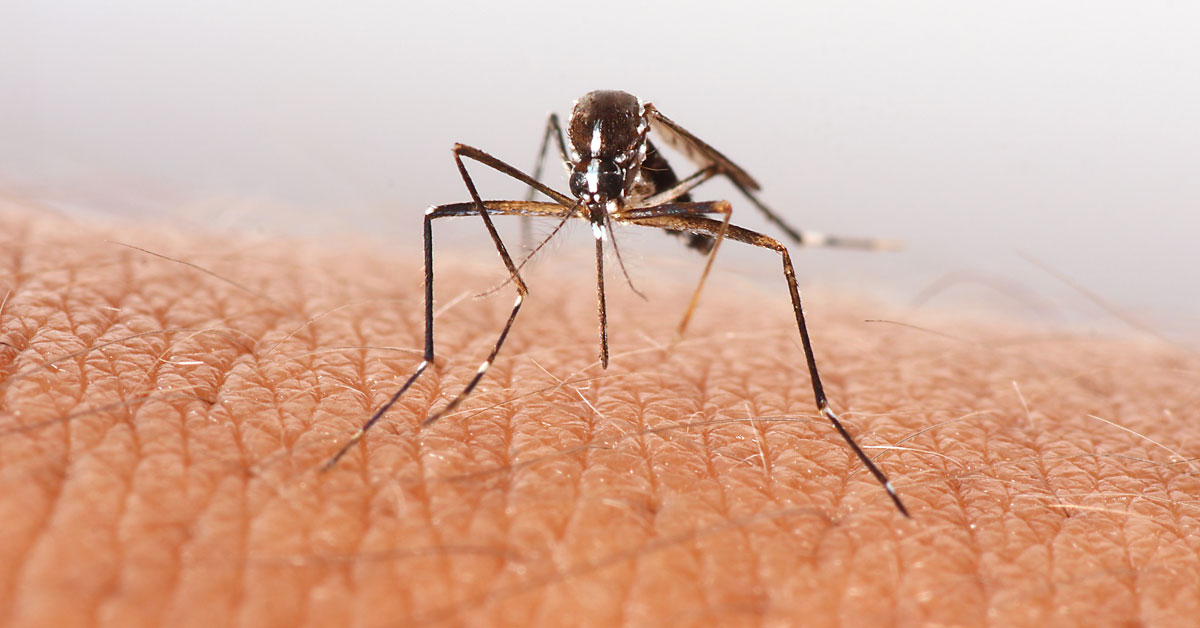
"Sterile" insects revert back to being fertile, resulting in resistant GM populations persisting in the environment. Report by Third World Network
Genetic engineering techniques designed to make insects "sterile" for disease vector or pest control, have been tested in field releases by the company Oxitec, including in Malaysia, the Cayman Islands and Brazil. A GM mosquito trial was also recently approved in the US for release in 2021-2022. These strategies involve developing so-called "genetic switches" where essential genes can be either turned on or off in the presence or absence of antibiotics, controlling whether the insect survives or not.
In the case of Oxitec’s first GM mosquito, for example, the insects were designed to die before they reached adulthood, in the absence of the antibiotic tetracycline. As such, in the laboratory, these mosquitoes can breed in the presence of tetracycline, but when released into the wild where there is supposed to be no environmental presence of tetracycline, they should become "sterile". The second generation Oxitec mosquito, set to be released in the US, works under the same principle, but is designed to kill females only, increasing environmental persistence through the fertile males.
However, these genetic switches are known to be not fool-proof, with some larvae managing to survive in the wild, and cannot thus be accurately described as "sterile". Indeed, a recent study in Brazil found that some of the GM insects survived, resulting in the introgression of GM mosquitoes with wild populations. This finding led the researchers to raise concerns that the new genetic mix of the GM and wild populations may alter disease epidemiology by prompting the evolution of more pathogenic disease strains that the releases are purported to mitigate.
Now, a new study (Zhao et al., 2020) has revealed yet another chink in the molecular armour of these types of genetic switches, where "sterile" insects revert back to being fertile, resulting in resistant GM populations persisting in the environment. The study, published by scientists in China, Germany and the USDA in the United States, shows that spontaneous mutations in laboratory flies can arise in the engineered genetic switch, leading to genetic resistance to the intended trait.
The authors also caution that this finding has implications for other forms of genetic engineering in insects, such as gene drive technologies, where insects are engineered to rapidly spread a trait throughout an entire population. They warn that gene drive mosquitoes and other designs may also suffer from increased forms of genetic breakdown of strategies designed to contain, control or limit their spread. Equally, systems designed to spread globally may also break down and fail to spread as intended, showing up the failures of a techno-fix approach.
The authors emphasised the need for care when designing such strategies, suggesting that in order to prevent the manifestation of such unintended effects in the wild, that the integrity of these strategies should instead be thoroughly tested in the lab.
Source of comment: Third World Network
---
Genetic breakdown of a Tet-off conditional lethality system for insect population control
Zhao, Y., Schetelig, M.F. and Handler, A.M.
Nat Commun 11, 3095 (2020).
18 June 2020
https://doi.org/10.1038/s41467-020-16807-3
https://www.nature.com/articles/s41467-020-16807-3
Abstract
Genetically modified conditional lethal strains have been created to improve the control of insect pest populations damaging to human health and agriculture. However, understanding the potential for the genetic breakdown of lethality systems by rare spontaneous mutations, or selection for inherent suppressors, is critical since field release studies are in progress. This knowledge gap was addressed in a Drosophila tetracycline-suppressible embryonic lethality system by analyzing the frequency and structure of primary-site spontaneous mutations and second-site suppressors resulting in heritable survivors from 1.2 million zygotes. Here we report that F1 survivors due to primary-site deletions and indels occur at a 5.8 × 10−6 frequency, while survival due to second-site maternal-effect suppressors occur at a ~10−5 frequency. Survivors due to inherent lethal effector suppressors could result in a resistant field population, and we suggest that this risk may be mitigated by the use of dual redundant, albeit functionally unrelated, lethality systems.